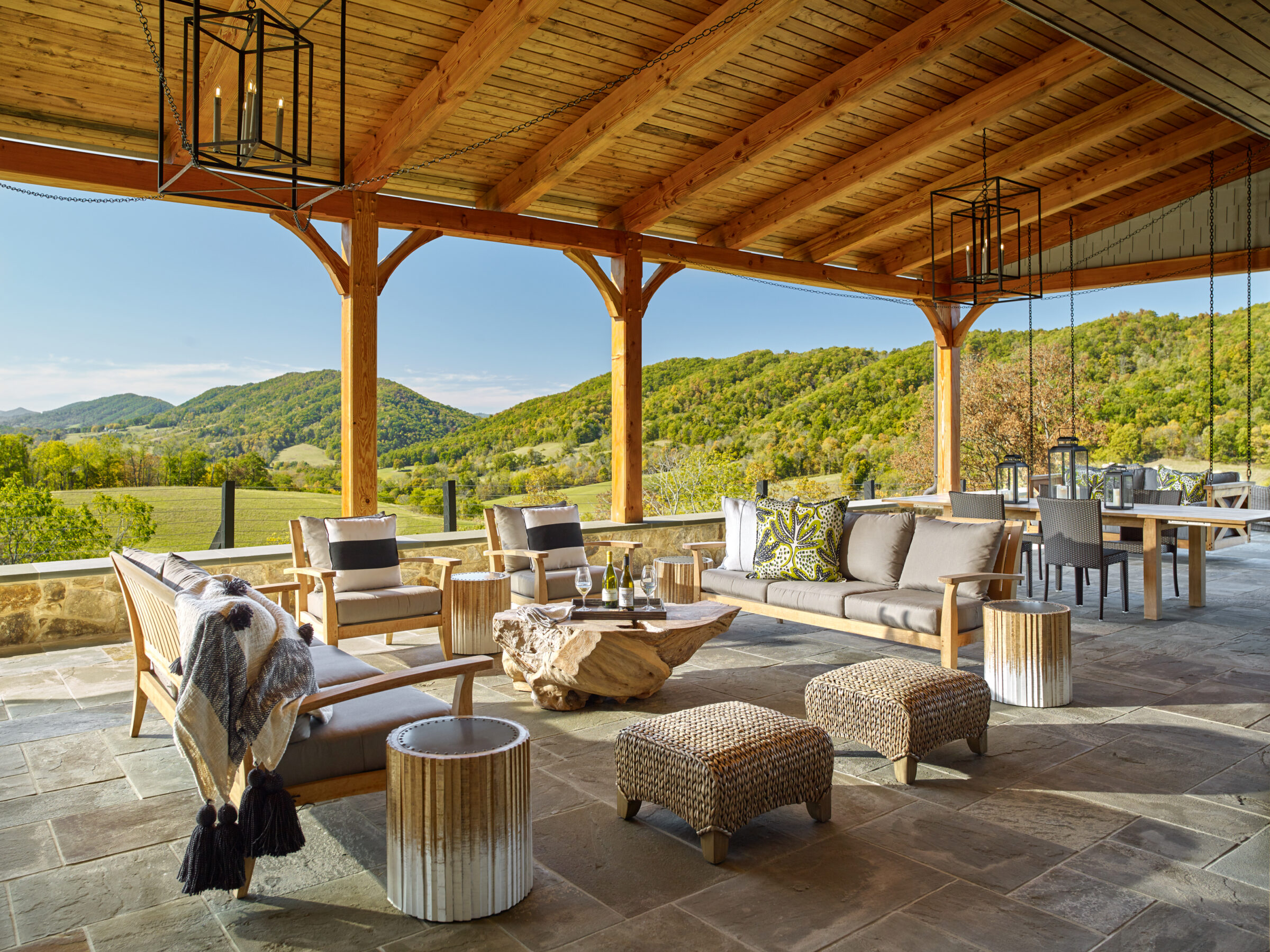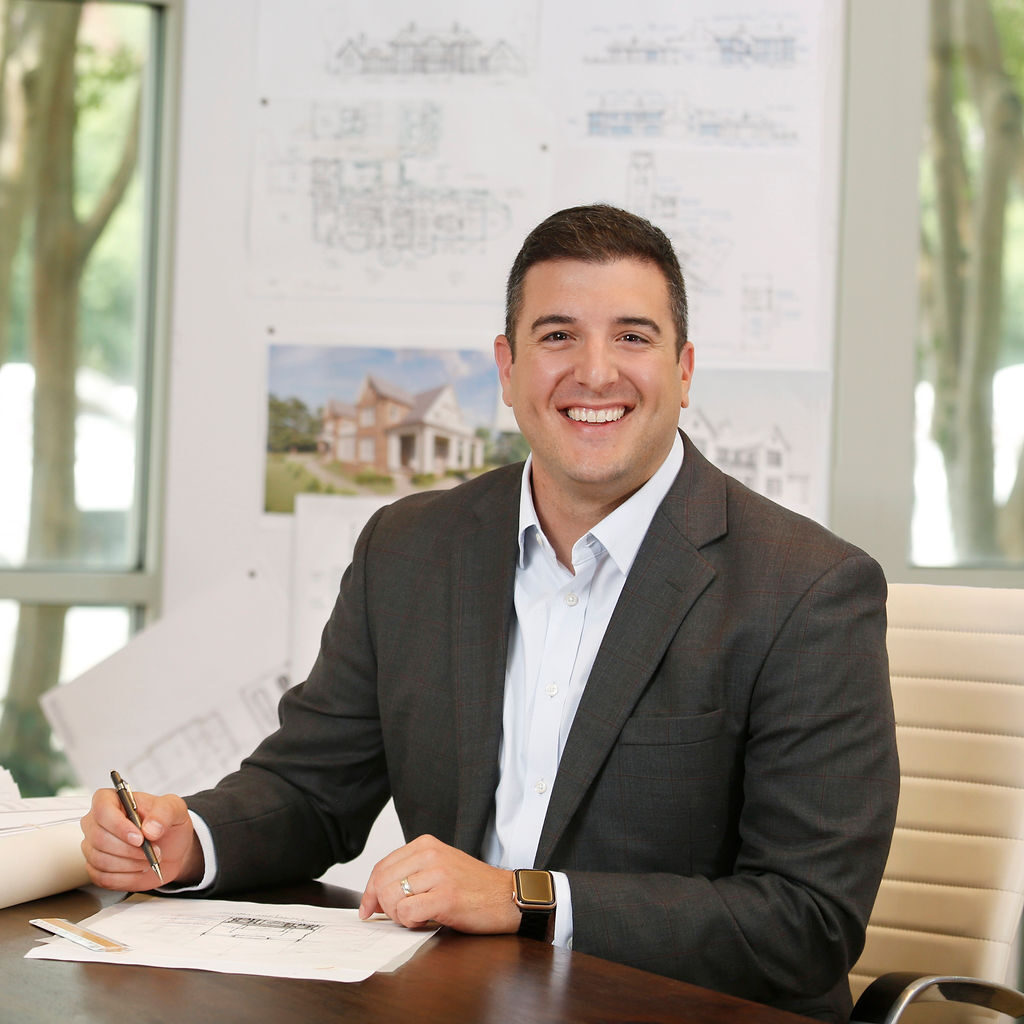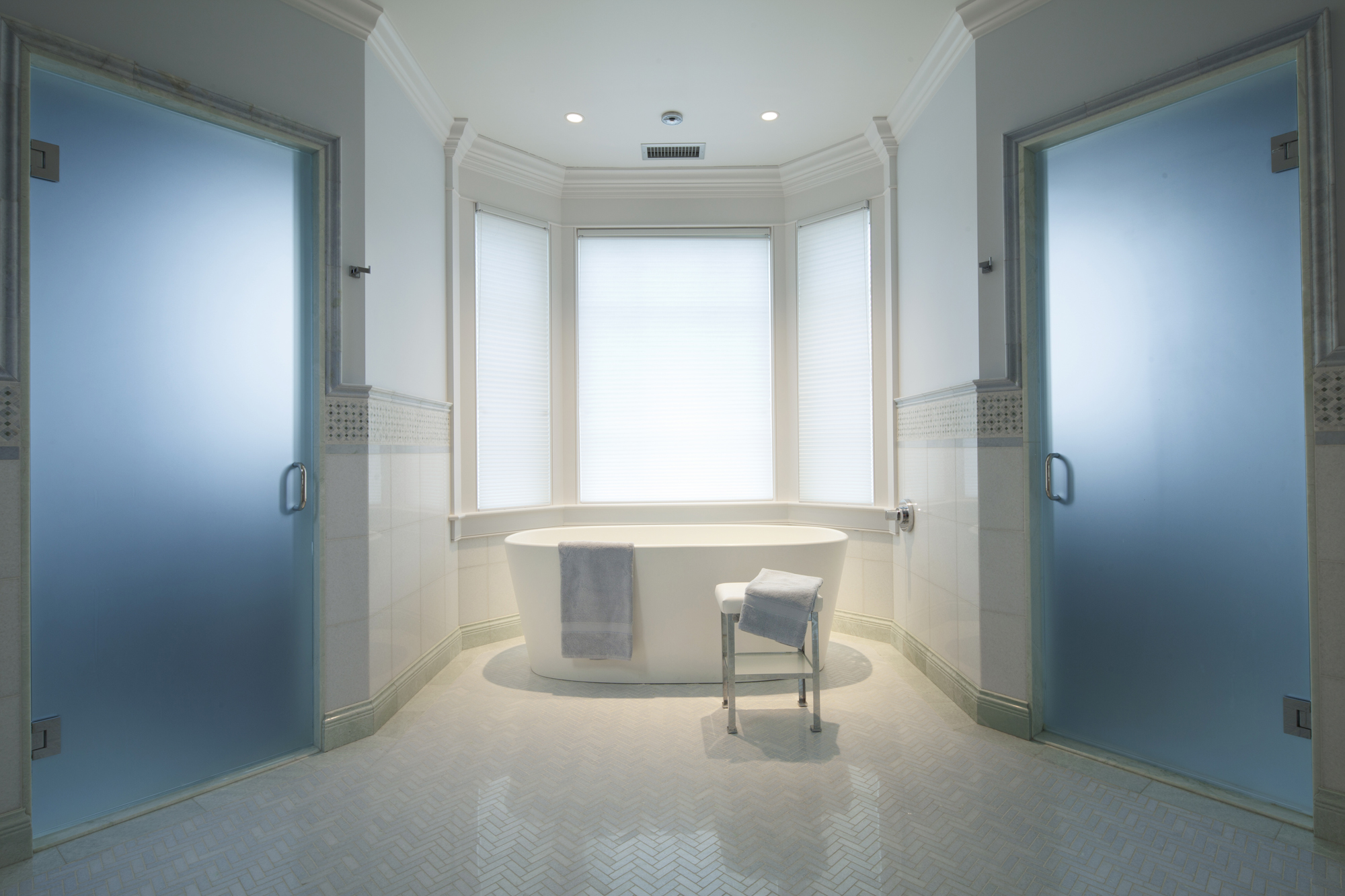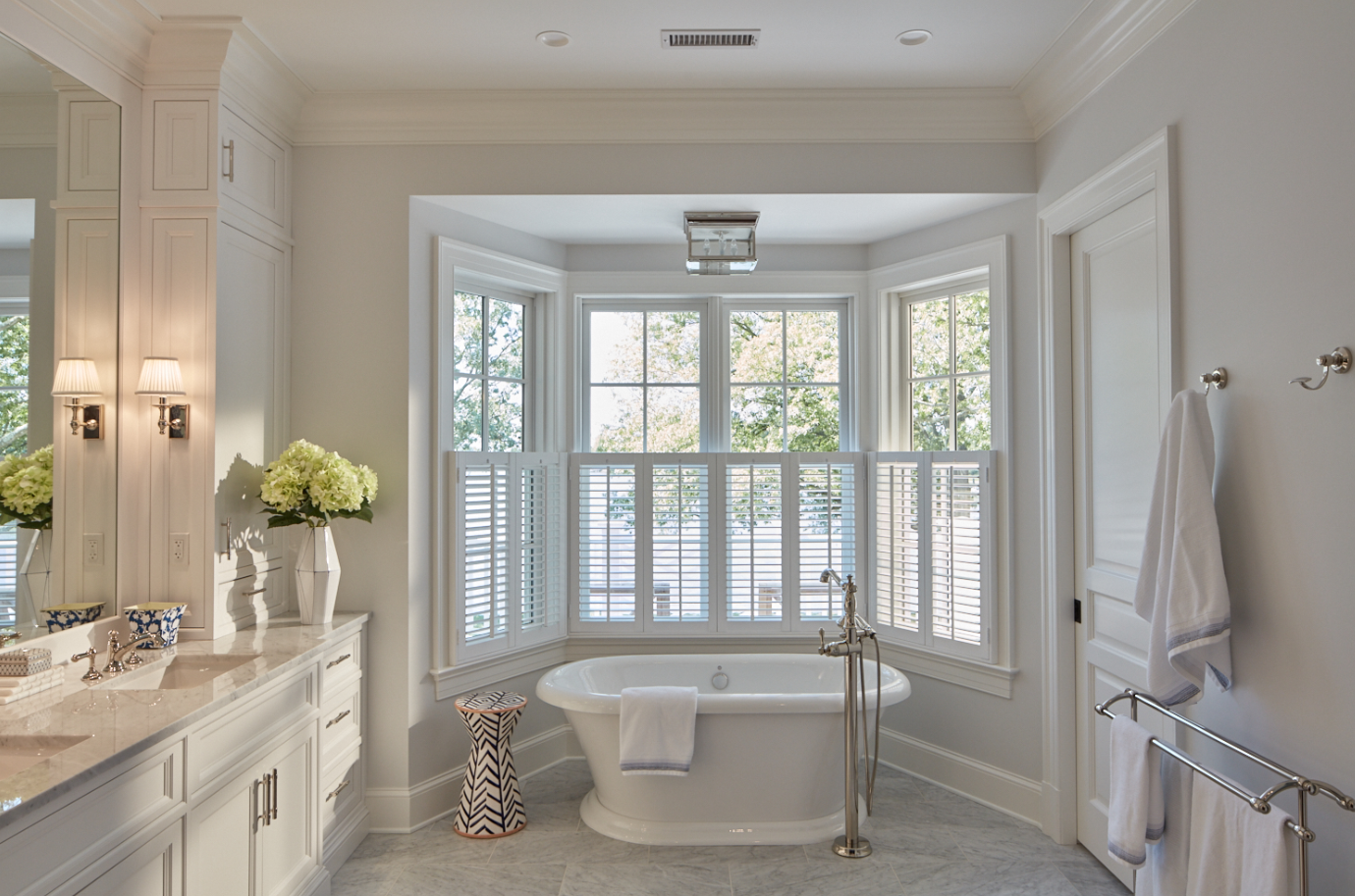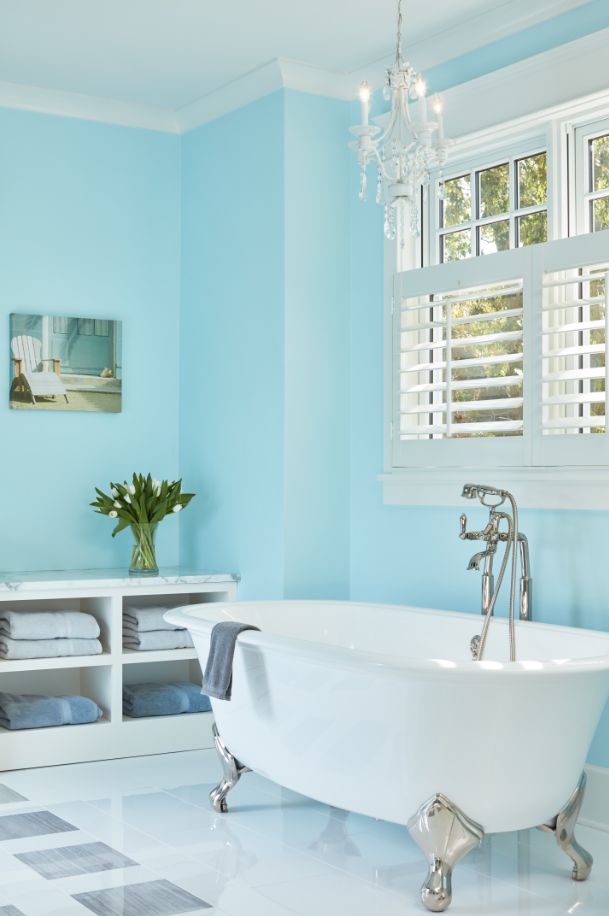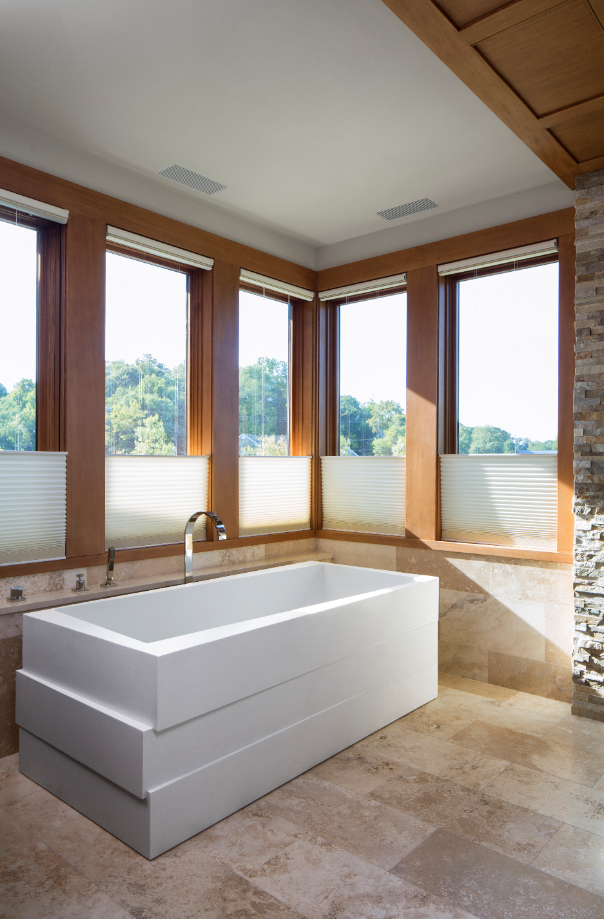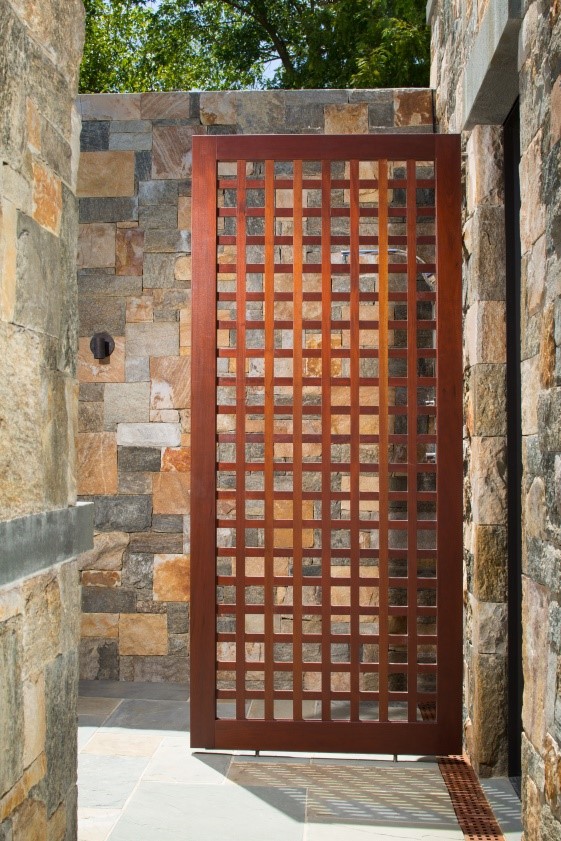In architecture, as in life, context is everything. Especially so when it comes to the relationship between a home and its views of the surrounding environment.
Whether a home is along a coastal byway, on a mountain ridge, or nestled into the countryside, the power of “the view” seen from within looking out creates an emotional connection between us and the environment we are surrounded by. Experiencing a stunning view enhances our appreciation of a place. That is why we as architects treat the placement of the windows with the same level of attention as the placement of a piece of art.
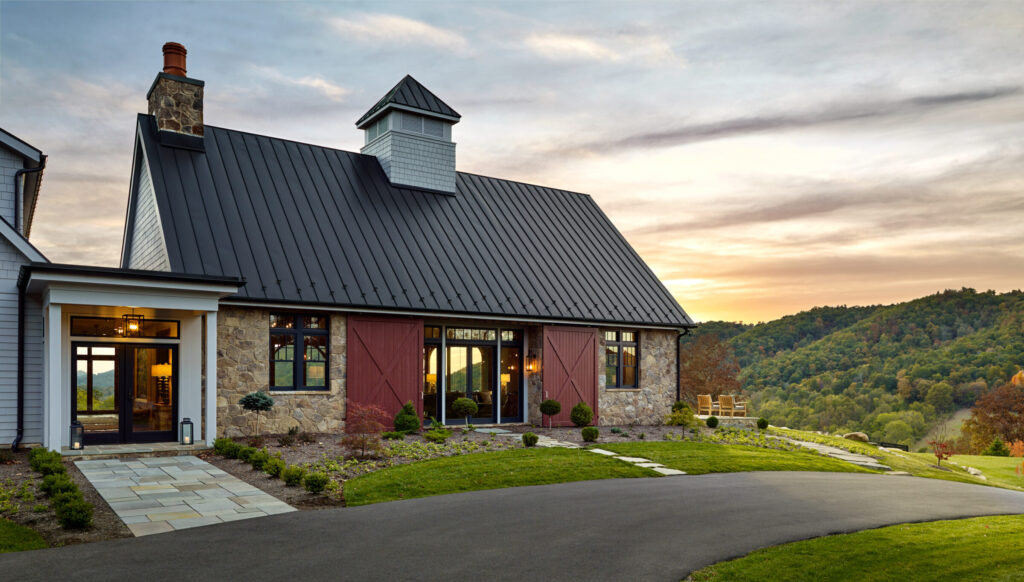
We focus intently on this unique characteristic of “view” because it is just that – an element that makes one property distinct from another, one that makes it inherently personal. Writing about the design of a home in these terms sounds like an architect’s dream: esoteric and abstract. In reality, designing with view in mind comes down to a few simple, functional considerations.
Orientation. How does a home position itself in relation to important views, landmarks, features, and sunlight patterns? No matter the scenario, arriving at the decision to highlight certain views always starts by asking, “Where are the best views, and what is the most important view to you?” Sometimes it’s a key focal point such as a mountain gap or a bay inlet. Sometimes it’s an expansive vista. Sometimes it’s obvious to everyone. Other times it’s very personal and needs to be discovered.
Once those baseline determinations are made, questions about the preferences follow. Does the great room want to be bookended by other spaces, creating a focused view to the outside, or should it be open on multiple sides to create a wide view? Should the primary bedroom look out to a favorite sculpture? The answers come from the client and are responded to by the architect, and from there we all negotiate hopes and dreams within the site’s opportunities and constraints.
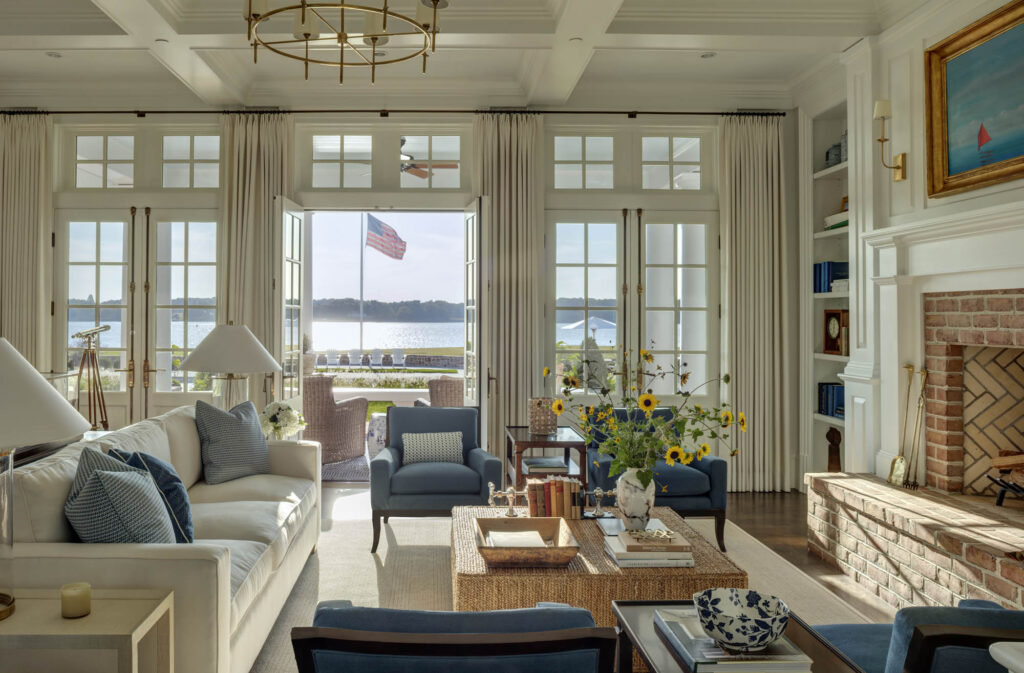
Alignment. How do certain parts of a home relate to one another in order to highlight view? Fusing portions of a home together in specific ways can help elicit certain feelings and shape the way we experience a space. While the combination of design elements and sequences are virtually endless, there are a few examples that are ubiquitous. A front door and foyer with a direct line of sight to the backyard view and beyond creates surprise and delight and promotes a sense of welcome. A long hallway feels less unending with a view of the destination – literally the end is in sight. Even the mundane task of dishwashing feels less tedious when the sink looks out to a garden.
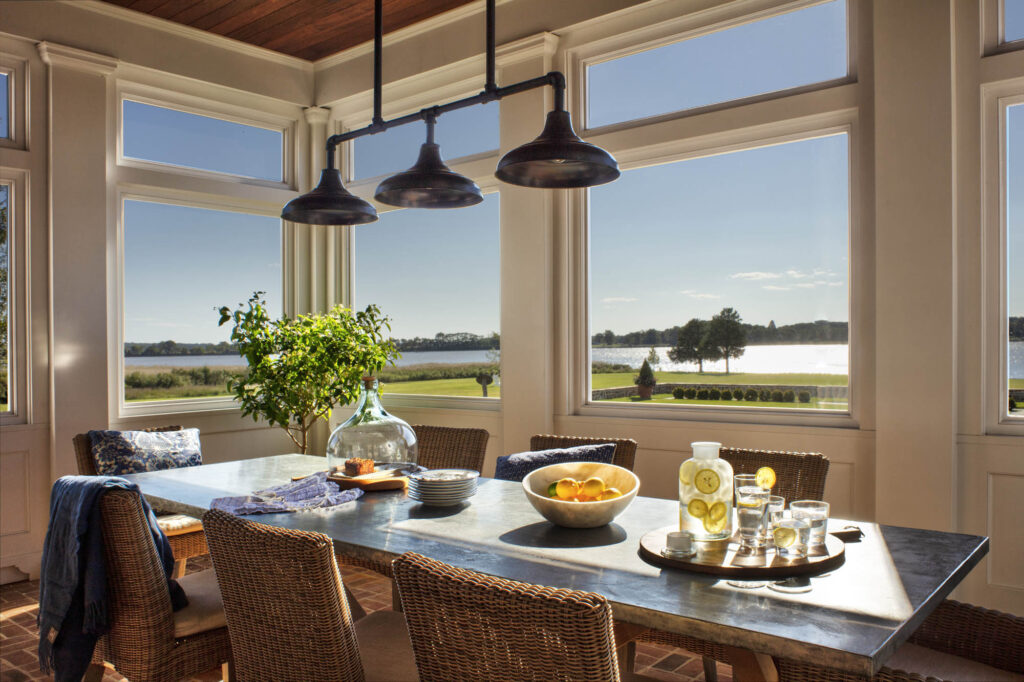
Individuality. What about the property is special? Understanding the distinct quality of a place and its surroundings is typically one of the most active and personal conversations we have when we first discuss views. Are there long views to distant horizons, medium views to valley lowlands, or short views to important structures? Are there eyesores to be avoided (almost always yes, even if not admitted)? Are there high points that will help see over tree lines? Are there family memories rippling in an old pond in a clearing? Internalizing and prioritizing those responses provides a rallying point for everyone to align to as the project develops.
We believe that good architecture is always connected to its surroundings. It should also never get in the way of a good view; in fact, it should only enhance the nature that surrounds it. Discussing early and often how a home is designed to best take in its unique and important surroundings helps transform a house on a lot into a home that offers memorable and emotional experiences. Both for its residents and for those just passing by.
Written by Carmine Cafiero, AIA, NCARB, WELLap
Carmine believes that good design and successful projects are the result of effective listening and solid collaboration. He combines lessons learned from the University of Virginia School of Architecture and Virginia Tech School of Architecture + Design with expertise in and passion for sketching, virtual reality, and BIM. Carmine’s multifaceted approach skillfully translates a client’s vision into clear, inclusive designs that are supported by comprehensive construction documents.
